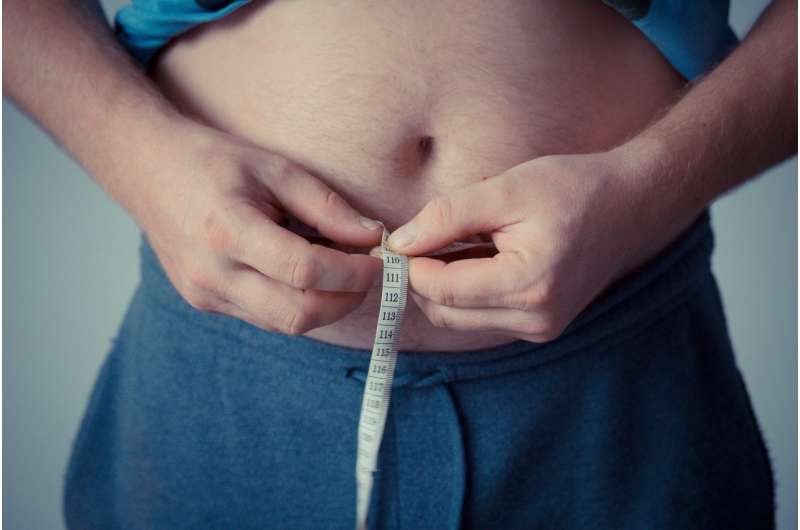
A lifestyle intervention targeting women with obesity and infertility is more effective in increasing the pregnancy rate compared with fertility treatments, according to a study presented virtually at ENDO 2021, the Endocrine Society’s annual meeting.
The lifestyle intervention, called the Fit-For-Fertility (FFF) program, is a cost-effective alternative to the usual standard of care for women with obesity seeking fertility treatments, according to lead researcher Matea Belan, Ph.D., of the University of Sherbrooke and the Research Center of the Centre Hospitalier Universitaire de Sherbrooke (RC-CHUS) in Quebec, Canada. “Our study shows that the FFF program can significantly improve the pregnancy rate, especially the spontaneous pregnancy rate when no fertility treatments are required, as well as the live-birth rate,” she said.
Obesity is a known risk factor for infertility in women of childbearing age. Lifestyle changes and a moderate weight loss of 5%-10% of a woman’s initial weight have been shown to improve the odds of a pregnancy in women with obesity and infertility, Belan noted.
“Lifestyle changes are recommended as the first-line treatment for these women,” said study author Jean-Patrice Baillargeon, M.D., M.Sc., professor of the University of Sherbrooke and clinician investigator of the RC-CHUS. The new study tested Fit-For-Fertility, a multidisciplinary lifestyle intervention that includes a nutritionist and a kinesiologist, or human movement specialist.
The researchers recruited 130 women receiving treatment at a fertility clinic, and randomly divided them into two groups. The first group had access to the Fit-For-Fertility program alone for the first six months of their participation, and in combination with fertility treatments if no pregnancy occurred after six months.
The program included individual sessions with a nutritionist and a kinesiologist every six weeks. Women in the FFF group were also asked to follow at least once each one of the 12 group sessions, which included a 45-minute workshop on topics regarding nutrition, lifestyle changes and lifestyle habits, followed by a 45-minute session of initiation to different types of physical activity, including walking, circuit training, step workout and others. In the second group, the control group, women had access to the fertility treatments from the outset but did not take part in the FFF program.
Data was collected for 18 months, or until the end of a pregnancy for women who became pregnant during those 18 months of participation.
Of the 108 women who completed at least six months of the study, or became pregnant during the first six months, the FFF program generated a difference of 14.2 percentage points in the live-birth rate (51% for the FFF group and 36.8% for the control group). The spontaneous pregnancy rate (pregnancy without any fertility treatments) was 33.3% in the treatment group, compared with 12.3% in the control group.
The researchers estimate the cost per additional newborn resulting from the FFF program at $12,633 (in 2019 Canadian dollars), somewhat similar to the willingness-to-pay for a newborn resulting from in vitro fertilization, which can cost up to $15,000.
Source: Read Full Article
